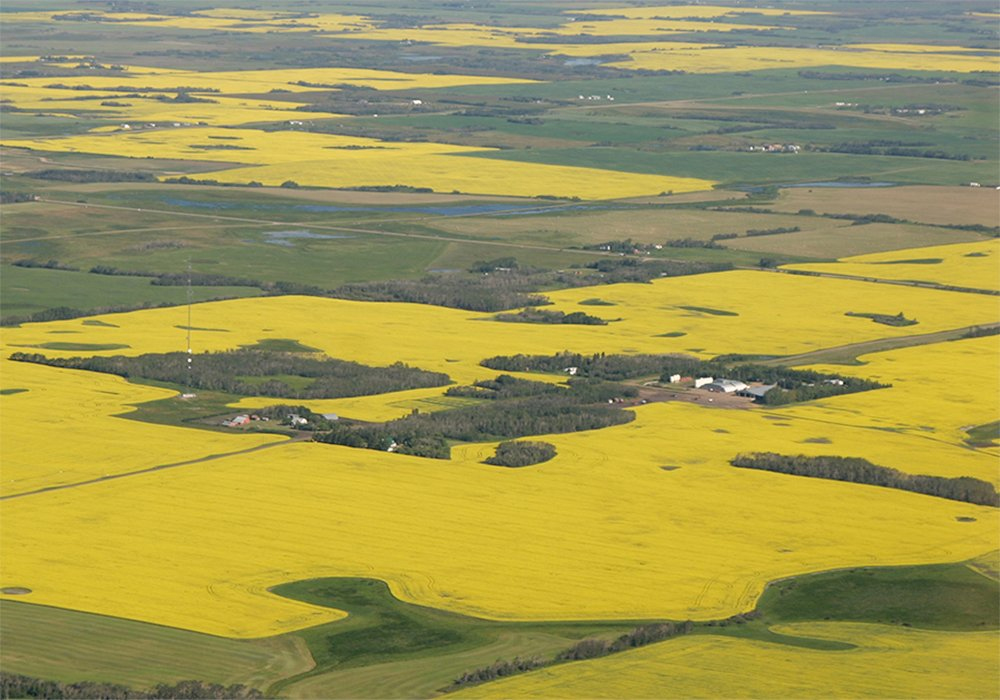It’s difficult for other crops to match the potential profitability of canola, and for that reason it’s reasonable to expect significantly more canola acres in Western Canada this year.
For its part, the market analysis group of Agriculture Canada is sticking with its prediction of a three percent decline in prairie canola acreage. Its most recent estimate came out March 18 and was unchanged from original projections made months ago.
Meanwhile, a lot of speculation has surrounded wheat acreage due to the war in Ukraine. With wheat production and exports out of the region uncertain and with wheat prices reacting to the situation, it’s natural to wonder if Canadian farmers will react and plant more spring wheat. Don’t expect the shift in that direction to be significant.
Read Also

Budget seen as fairly solid, but worrying cracks appear
The reaction from the agriculture industry to prime minister Mark Carney’s first budget handed down November 4th has been largely positive.
First of all, it’s late in the season to be making big changes in seeding plans. Besides that, wheat prices have been volatile, rising and falling with the news out of Ukraine. So far, wheat still doesn’t stand out as a particularly stellar option compared to other crop choices.
Unlike most other regions, where I farm in southwestern Saskatchewan, canola is not the dominant crop. Canola acreage has been growing, but drought and heat worries along with it being a relatively expensive crop to grow has limited the acreage.
However, looking at my crop insurance coverage, canola should be the only crop I plant this spring. Compared to durum, lentils, field peas and even chickpeas, crop insurance coverage on canola is higher by $100 to $200 an acre. I suspect other growers are seeing something similar with their crop insurance what-ifs.
For the record, I’ve only been an occasional canola producer, choosing instead to grow mustard. My crop insurance coverage on mustard isn’t quite as good as canola, but at least it’s in the same ballpark.
Saskatchewan Crop Insurance is using a base price for canola of $17 a bushel. New crop canola prices have increased to more than $20 a bu., making the crop even more attractive.
In the main canola producing regions, the percentage of the land base seeded to canola every year is alarmingly high. Almost every second field is canola in some areas. It could be argued that canola acreage is almost maxed out.
Where canola acreage still has room to grow is in the brown and dark brown soil zone regions of southern Saskatchewan and Alberta. Based on the economics and based on crop insurance protection, that region could see a significant increase in acreage.
If soil moisture and crop establishment wasn’t such a concern in the region, even more producers would be booking canola seed.
The big expansion planned for canola crushing facilities hasn’t yet happened. Neither has the planned establishment of renewable diesel facilities. Imagine what that may do to canola profitability versus other crops in the years ahead.
Keeping canola genetics one step ahead of clubroot is going to be important. However, with producers buying expensive hybrid genetically modified seed every year, seed companies can make huge investments in breeding.
It appears the dominance of canola will only increase. Rather than a three-year rotation involving a cereal, a pulse crop and an oilseed crop, many growers seed canola every second year with some growing canola on the same ground for many years in a row.
While not optimal from an agronomic standpoint, economics drive crop choices and canola continues to look strong.
Kevin Hursh is an agricultural journalist, consultant and farmer. He can be reached by e-mail at kevin@hursh.ca.
















